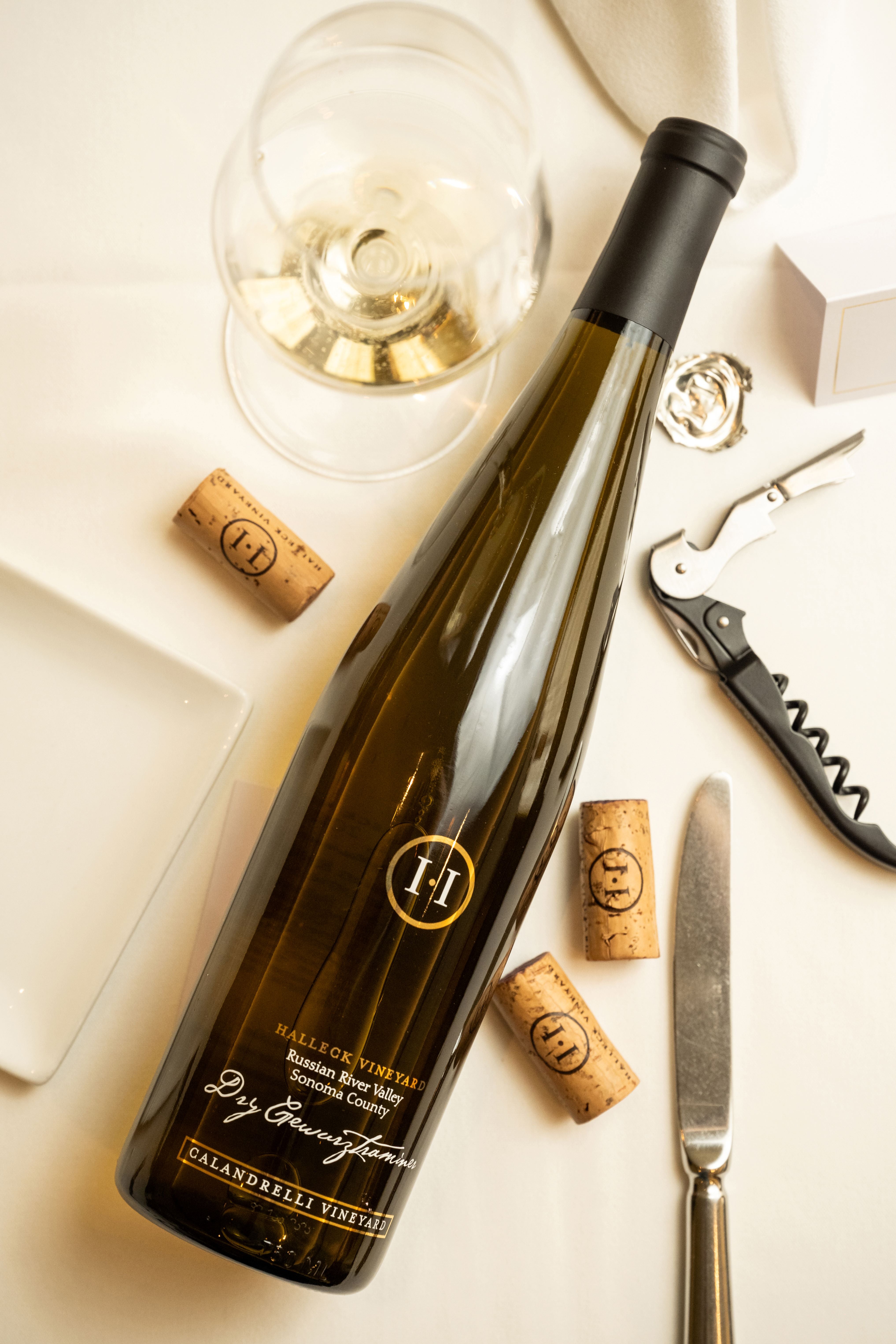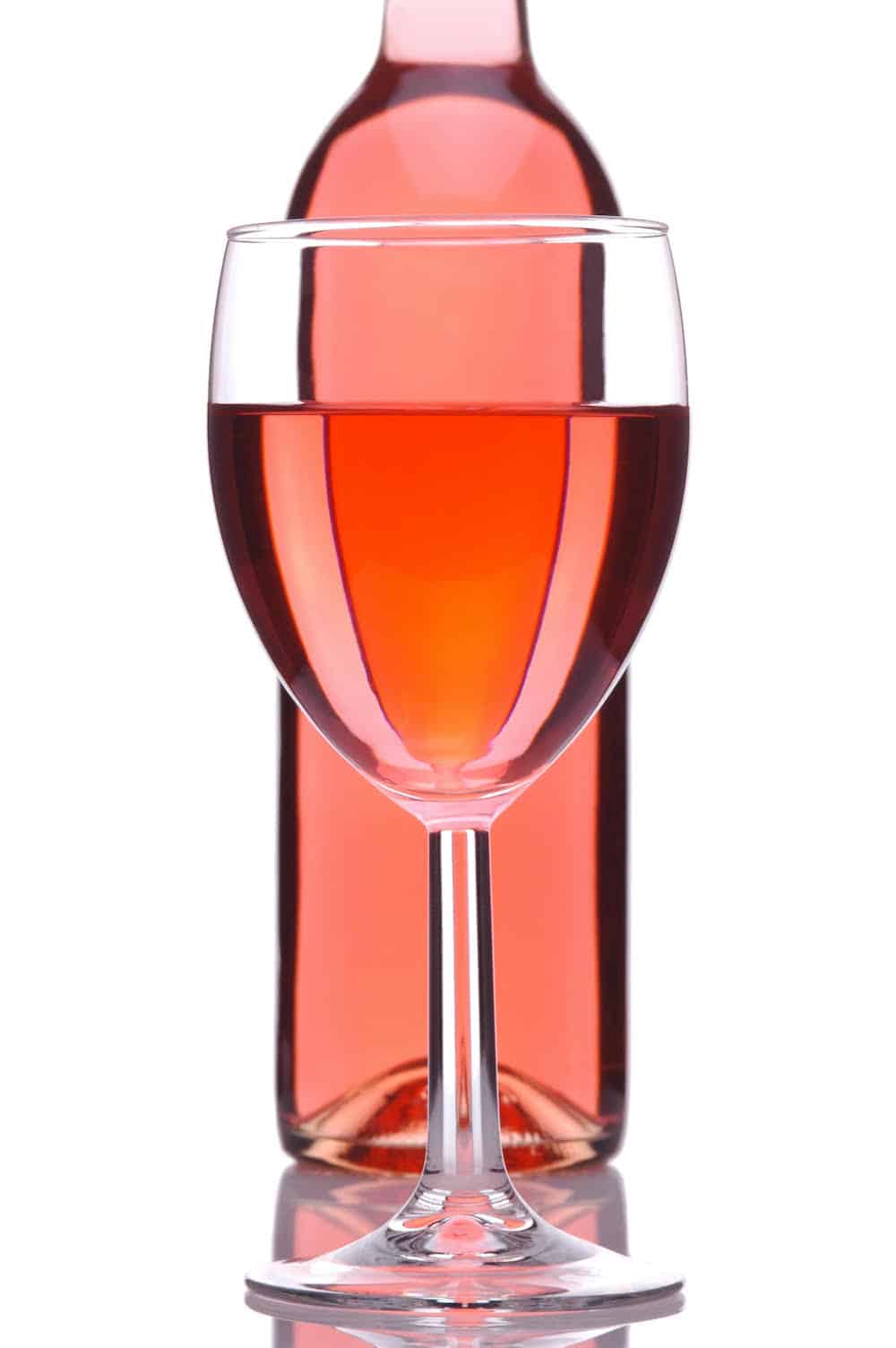Wineries In Sebastopol - A Winery In The Sonoma Valley To Discover
Wineries In Sebastopol - A Winery In The Sonoma Valley To Discover
Blog Article
Wineries Featuring Vineyard Tours - Sonoma Vineyards For A Perfect Day Out
Wine tasting is an art that combines sensory experience with an appreciation for the nuances of various varietals. How to evaluate flavors in winery wine tasting classes is pivotal to grasping the complexities of wine.
Engaging in a wine tasting involves more than simply sipping and savoring. It requires a focused strategy to determine aromas and flavors that every wine presents. As you start, observe the wine's appearance, noting its color and readability. These visible cues typically recommend a wine’s age, grape variety, and even potential flavor profiles.
The next step within the tasting course of is to swirl the wine in your glass. This motion releases aromatic compounds that are vital for evaluation. Lean in and take a second to inhale deeply; the aromas can vary from floral and fruity to spicy and earthy. The nose of the wine is just as necessary because the palate, and recognizing scents plays a significant role in understanding the general experience.
When taking your first sip, permit the wine to move across your palate - Popular Wineries With Outdoor Seating In Sonoma. Notice the initial flavors that present themselves. Is the wine fruity, floral, or perhaps herbaceous? This preliminary style offers perception into what the wine is more probably to categorical as you proceed to judge it. The mouthfeel also contributes to the overall flavor experience; it may be silky, tannic, and even effervescent.
Good Wineries For Large Groups In Sonoma Valley - Exploring The Vineyards In Sonoma County
As you proceed tasting, take note of the wine’s balance. A well-balanced wine will harmonize acidity, sweetness, and tannins. If one component overwhelms the others, it might indicate a less fascinating high quality. Evaluating steadiness might help you identify how properly the wine might pair with food.
Transitioning to the finish, consider how the flavors evolve because the wine lingers in your palate. A lengthy, pleasant finish can point out a high-quality wine, whereas a short or abrupt end may recommend otherwise. Reflect on whether or not the flavors stay consistent or if new notes emerge because the wine settles. This progression can reveal complexities and intricacies that might not have been obvious within the initial tasting.
Temperature can be an important factor in evaluating wine flavors. Totally Different types of wine are optimally loved at specific temperatures. White wines usually shine when chilled, whereas purple wines usually perform best at room temperature. When tasting, ensure the wine is on the appropriate temperature to totally appreciate its character.
Wineries Offering Private Events - Exploring The Vineyards In Sonoma County
Pairing food with wine can significantly improve the tasting experience. Meals can influence the perception of flavors in wine, both highlighting sure characteristics or diminishing them. When evaluating flavors, contemplate how the wine interacts with completely different meals, noticing which flavors are amplified or muted (Wineries Promoting Sustainable Farming).

Think About the affect of terroir as you engage in a winery tasting. Terroir encompasses the unique environmental elements that have an effect on grape growing, including soil composition, climate, and geography. Understanding a wine's terroir can provide insight into its flavors and aromas, fostering a deeper appreciation for the choices made throughout its cultivation and manufacturing.
Schooling plays a elementary role in enhancing one's capacity to judge wine flavors. Learning about grape varieties, wine regions, and production methods can pave the greatest way for more informed judgments during tastings. Additionally, attending workshops or classes can refine sensory skills and expand your flavor vocabulary, enabling you to articulate tasting notes more successfully.
Lastly, it's essential to remember that evaluating wine flavors is a highly personal experience. Particular Person preferences and perceptions will invariably form one’s tasting journey. Enjoyment ought to be on the forefront, with the analysis process appearing as a tool to reinforce understanding and appreciation rather than create rigid guidelines.
Wineries With Artisan Chocolate Pairings In Sonoma - Wine Tasting In Sonoma County
In conclusion, mastering how to evaluate flavors in winery wine tasting sessions includes a mixture of sensory engagement, data, and practice. By learning to determine aromas, assess the stability, and respect the intricacies of flavor, wine enthusiasts can deepen their connection to every bottle they encounter. As with any art kind, the extra one immerses themselves within the experience, the extra they'll uncover and enjoy the huge world of wine.
- Start by observing the wine's color and clarity, as these visual components can hint at its flavor profile and getting older potential.
- Swirl the wine gently in your glass; this releases aromatic compounds, allowing you to higher determine the complex scents associated with the wine.
- Take a deep inhale before tasting, specializing in both main and secondary aromas to assemble insights on fruits, spices, and different nuances.
- When tasting, allow the wine to coat your palate; note the preliminary flavors, the mid-palate complexity, and the finish as these levels can present totally different flavor highlights.
- Pay consideration to texture and mouthfeel, as features such as tannin levels, acidity, and sweetness contribute significantly to the general tasting experience.
- Examine flavors in opposition to standard wine characteristics; for purple wines, think about berry notes, oak affect, and herbal tones, while whites could include citrus, stone fruits, and floral hints.
- Take notes during the tasting session to trace your impressions, helping you to remember and consider the totally different wines sampled.
- Focus On your findings with fellow tasters or winery staff, as sharing insights can enhance understanding and appreciation of particular person flavors.
- Allow time for the wine to breathe; generally, flavors evolve and reveal new dimensions after being exposed to air.
- Experiment with food pairings in the course of the tasting as they will dramatically alter how flavors are perceived, influencing total enjoyment.undefinedWhat ought to I search for when evaluating the aroma of wine during a tasting?
Begin by swirling the wine in your glass to release its aromas. Convey the glass to your nostril and take a deep breath. Pay consideration to the first scents you detect, as these are often the most outstanding. Look for fruit, floral, natural, or earthy notes and attempt to identify particular traits, which will deepen your understanding of the wine's complexity.
Romantic Winery Destinations In Sebastopol - Wineries To Explore In Sonoma Valley

How can I distinguish between completely different flavor profiles in wine?
Understand that flavor profiles are sometimes categorized as fruit, floral, herbaceous, spicy, or mineral. Take small sips and permit the wine to coat your palate. Notice the first flavors that emerge first and the delicate notes that comply with. This layering is essential in distinguishing the wine's traits and can assist you to appreciate its unique profile.
Wineries Offering Educational Wine Seminars - Top Sonoma Wine Tasting Destinations
What is the significance of the wine's texture in a tasting?
The texture of the wine, also referred to as mouthfeel, performs an important position in how we perceive flavors. Pay consideration to whether the wine feels clean, creamy, or gritty. The body of the wine (light, medium, or full) can enhance or distinction with flavors, offering a more rounded experience during tasting.
How do I assess the stability of flavors in wine?
Steadiness in wine refers back to the concord between acidity, sweetness, tannin, and alcohol. Take a moment to evaluate whether these components complement or intrude with each other. A well-balanced wine may have none of its elements overpowering the others, creating a nice tasting experience.
Wineries Known For Handcrafted Wines - Sonoma Wine Country Wineries To Explore
What position does temperature play in evaluating wine flavors?
Temperature can significantly impression the perception of flavors. Typically, red wines are finest served slightly below room temperature, whereas white wines take pleasure in being chilled. As the temperature changes, the aromas and flavors can shift, allowing you to understand totally important site different traits. It’s essential to style wine at its optimal temperature for true evaluation.
Top Rated Wine Experiences In Sebastopol - Wine Tasting And Vineyards In Sonoma
How can I enhance my tasting skills over time?
Practice is vital to enhancing your tasting skills. Vintage Wine Tasting Experiences In Sebastopol. Attend tastings, hold a journal of your experiences, and discover several varieties of wines to broaden your palate. Moreover, studying about wine production and grape varieties can provide context that enhances your evaluation course of, making you a more knowledgeable taster.
Is there a selected order in which I should style the wines?
Wineries With River Views - Best Wine Tasting Spots In Sonoma County
Yes, it’s advisable to style wines from light to full-bodied and dry to sweet. This development prevents the stronger flavors from overshadowing the more delicate ones, allowing you to totally appreciate every wine's traits and nuances without palate fatigue.
How can I evaluate the aftertaste of wine?
Elegant Wine Tasting Locations In Sonoma - Sonoma Wine Tasting Tour
The aftertaste, or end, is a crucial aspect my explanation of the wine-tasting experience. After swallowing, take note of how lengthy the flavors linger in your palate and whether or not they change. A long, pleasant end is often an indicator of a high-quality wine, while a brief or unpleasant finish might counsel otherwise.
Why is it essential to note the wine’s acidity during tasting?
Acidity contributes to the general freshness and structure of the wine. Pay attention to the tingling sensation in your tongue; larger acidity can improve the wine's liveliness and balance out sweetness. Noting acidity helps determine the wine's versatility with food and its getting older potential.
What ought to I do if I wrestle to determine particular flavors in wine?
Innovative Wine-Making Techniques In Sonoma Valley - Enjoying The Best Wineries In Sebastopol
Struggling to identify flavors is widespread, particularly for beginners. Focus on broader classes and describe what you'll be able to recognize, corresponding to sweet or earthy notes. With practice, studying about different flavor profiles, and maybe using flavor wheels, you will refine your senses and develop a more nuanced approach to tasting. Report this page